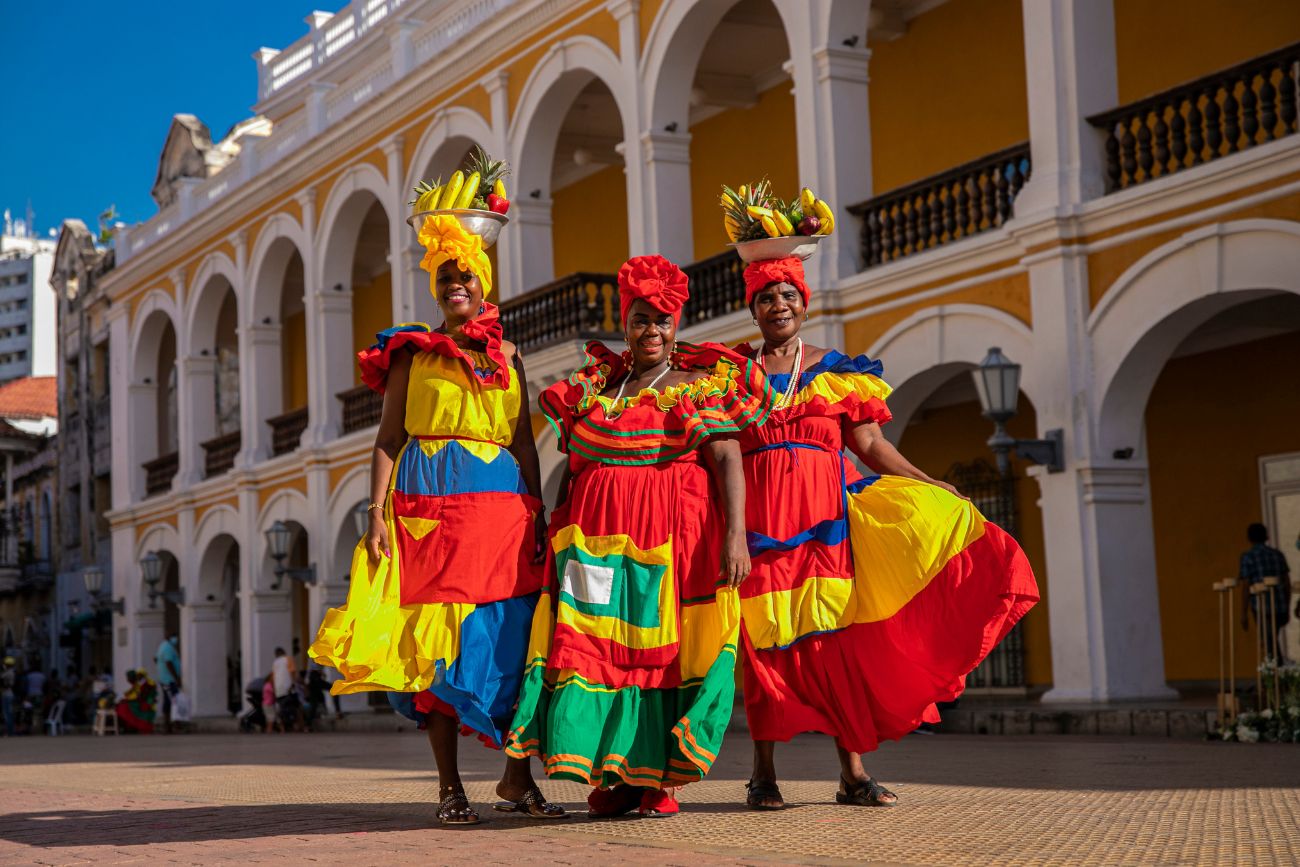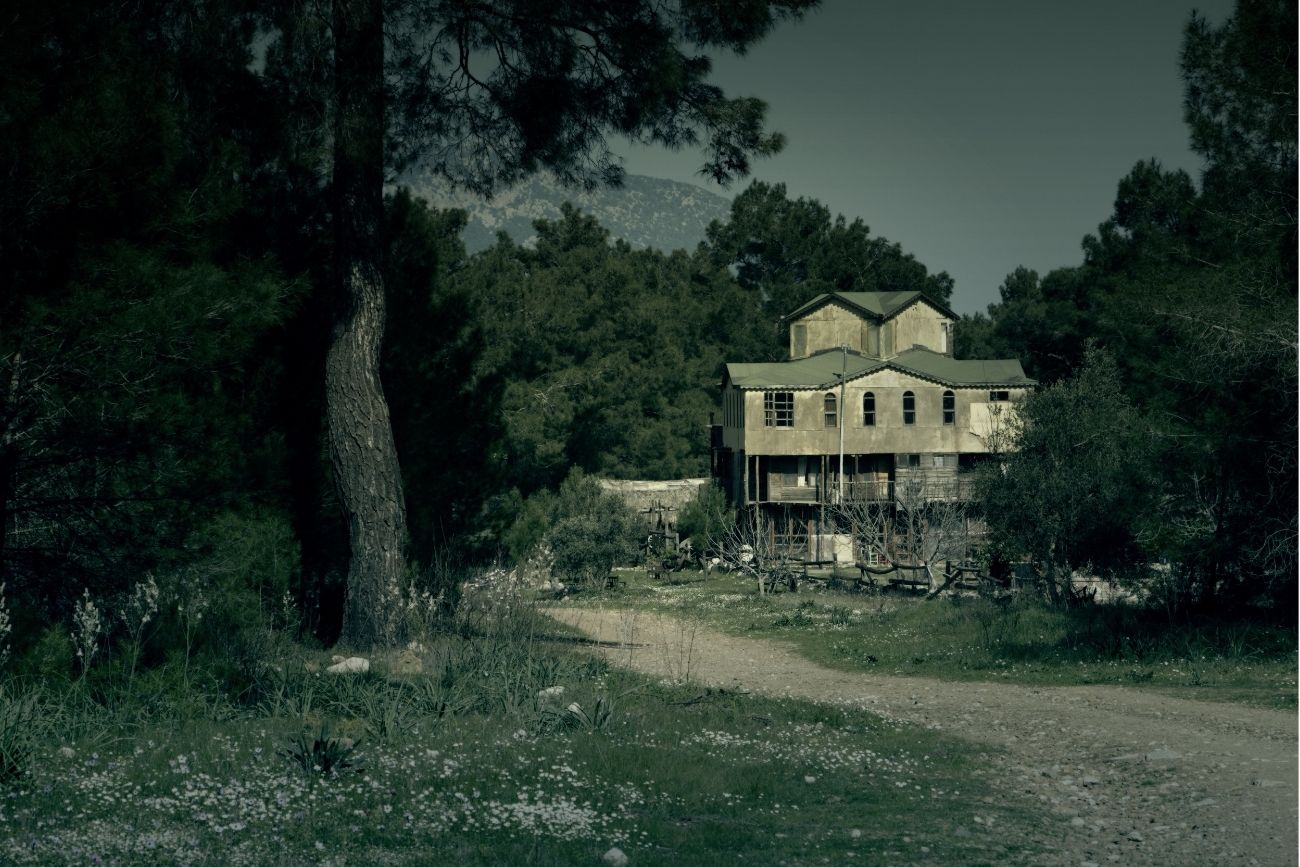
25 Essential Regional Colombian Spanish Expressions
Colombian Spanish is known for its incredible regional diversity, with each area of the country having its own unique slang and colloquial expressions. Learning these expressions will not only improve your communication skills but also give you a deeper understanding of Colombian culture and the everyday lives of its people. In this article, we’ll explore 25 of the most important regional expressions in Colombian Spanish, organized by different regions of the country. Let’s dive in!
1. Antioquia Region: Expressions from Medellín and Surroundings
- Parcero/a
A commonly used term for “friend” or “buddy.” It’s a signature expression in Medellín and is widely understood throughout the country.
Example: ¡Hola, parcero! ¿Qué más?
(Hey, buddy! What’s up?) - ¿Qué más?
Equivalent to “What’s up?” or “How are you?” Used as an informal greeting.
Example: ¿Qué más, cómo vas?
(What’s up, how’s it going?) - Guaro
Short for “aguardiente,” a popular alcoholic beverage in the Antioquia region.
Example: Esta noche vamos a tomar guaro.
(Tonight, we’re going to drink aguardiente.)
2. Caribbean Coast
- La vaina
A versatile word used to refer to a situation, thing, or issue. It can have both positive and negative connotations depending on the tone.
Example: Esa vaina está buena.
(That thing is great.) - Pelado/a
Used on the Caribbean coast to refer to a young person, often a kid or teenager.
Example: Ese pelado juega muy bien al fútbol.
(That kid plays soccer really well.) - Mamar gallo
This means to joke around or tease someone.
Example: No le creas, él está mamando gallo.
(Don’t believe him, he’s just messing around.)
3. Bogotá and Central Colombia: Expressions from the Capital
- ¡Oiga, vea!
Used to get someone’s attention, similar to saying “Hey, look!”
Example: ¡Oiga, vea lo que encontré!
(Hey, look what I found!) - Camello
Refers to hard work. Derived from the animal, it emphasizes the effort involved.
Example: Ese trabajo es un camello.
(That job is hard work.) - Chino/a
In Bogotá, “chino/a” refers to a child or kid.
Example: Lleva a los chinos al parque.
(Take the kids to the park.)
4. Valle del Cauca
- Chévere
This word means cool, great, or nice and is widely used across Colombia, especially in Cali.
Example: Me gusta mucho este lugar, es chévere.
(I really like this place, it’s cool.) - Sisas
An affirmative expression used to say “yes” in a casual way, often by younger people.
Example: ¿Vamos al cine? — Sisas.
(Shall we go to the movies? — Yes.) - Dar papaya
A colloquial phrase meaning to make yourself vulnerable or give someone the opportunity to take advantage of you.
Example: No des papaya caminando con el celular en la mano.
(Don’t make yourself an easy target by walking around with your phone in your hand.)
Ready to master Colombian slang and speak like a local?
5. Santander Region: Expressions from Bucaramanga and the Northeast
- Mono/a
In Santander, this word is used to describe someone with light hair or skin.
Example: Esa mona es muy simpática.
(That blonde girl is very nice.) - Peye
Refers to something of poor quality or not good.
Example: Este celular está peye.
(This phone is no good.) - Cucho/a
This term refers to an older person, often used affectionately to talk about parents.
Example: Voy a visitar a los cuchos este fin de semana.
(I’m going to visit my parents this weekend.)
6. Pacific Coast
- Bacanería
A colloquial term that means “coolness” or “awesomeness,” often used to describe something fun or enjoyable.
Example: La fiesta estuvo llena de bacanería.
(The party was full of awesomeness.) - Ñapa
Refers to a small bonus or extra that a vendor might give you when you make a purchase.
Example: Compré mangos y me dieron una ñapa.
(I bought mangoes and they gave me a little extra.) - Chonta
A popular fruit in the Pacific region, “chonta” is often used to refer to something locally sourced or culturally specific.
Example: Vamos a comer chonta en el mercado.
(Let’s eat chonta at the market.)
7. Los Llanos Region: Expressions from the Eastern Plains
- Carreta
Means a story or tale, often used to imply that someone is exaggerating or not being entirely truthful.
Example: Deja de echar tanta carreta.
(Stop telling so many stories.) - Fino
Used in Los Llanos to describe something of high quality or excellent.
Example: El caballo que compraste es muy fino.
(The horse you bought is top quality.) - Jartera
Refers to something boring or annoying.
Example: Qué jartera tener que hacer la tarea hoy.
(What a drag having to do homework today.)
8. Amazonas Region
- Yarumo
A word referring to the local Yarumo tree, which is often used metaphorically to describe something strong or enduring.
Example: Esa mujer es como un yarumo, siempre firme.
(That woman is like a Yarumo tree, always strong.) - Cacique
A word that refers to a leader or authority figure, often with indigenous roots.
Example: El cacique de la comunidad tomó la decisión.
(The community leader made the decision.)
Conclusion
Colombian Spanish is full of color and regional richness. Whether you’re in the mountains of Medellín, the bustling streets of Bogotá, or the warm beaches of the Caribbean, mastering these regional expressions will not only make you sound like a local but also help you connect more deeply with the people and culture. Keep practicing, and soon you’ll be speaking like a true Colombian!
Ready to master Colombian slang and speak like a local?






